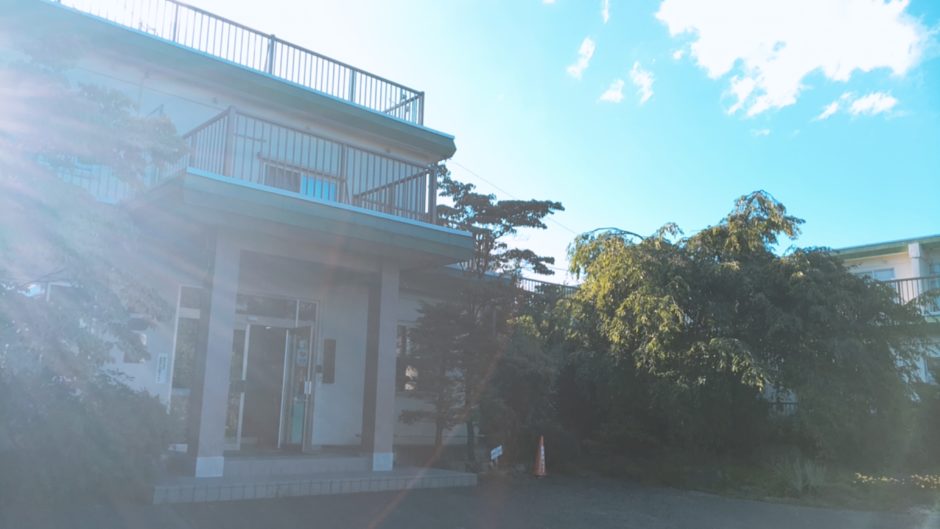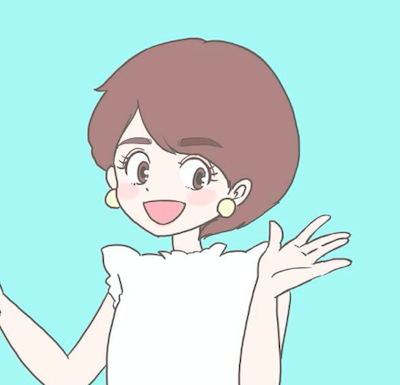
I sometimes hear about the “Children’s Home” on the news, but what kind of place is it?
This article is for people who want to know about the “Children’s Home”.
You may find that a real Children’s Home is different from what you imagined when you look at the statistics.
For example, how often the children meet their parents or how long they live in the Children’s Homes.
I hope you will watch this video till the end and deepen your understanding of “Children’s Home”.
What are the Children’s Homes?
In short, they are a kind of dormitory where children from the ages of 2-18 live.
I’ll talk about the children living there, later.
If you have an experience living in a dormitory, it may be easy to imagine that there are differences among the Children’s Homes such as the size of the building, type of rooms, i.e. private rooms or sharing rooms and the number of children the building can accommodate.
So, you can tell that each “Home” has its own rules and the capacity is different from one another.
There are 615 Children’s Homes in Japan (Welfare Administration Report, March 2017). Right now, about 30,000 children are living there.
The Children’s Homes are administered under the Social Welfare Act. We call them in different names depending on the size of the Homes.
Type of Children’s Home
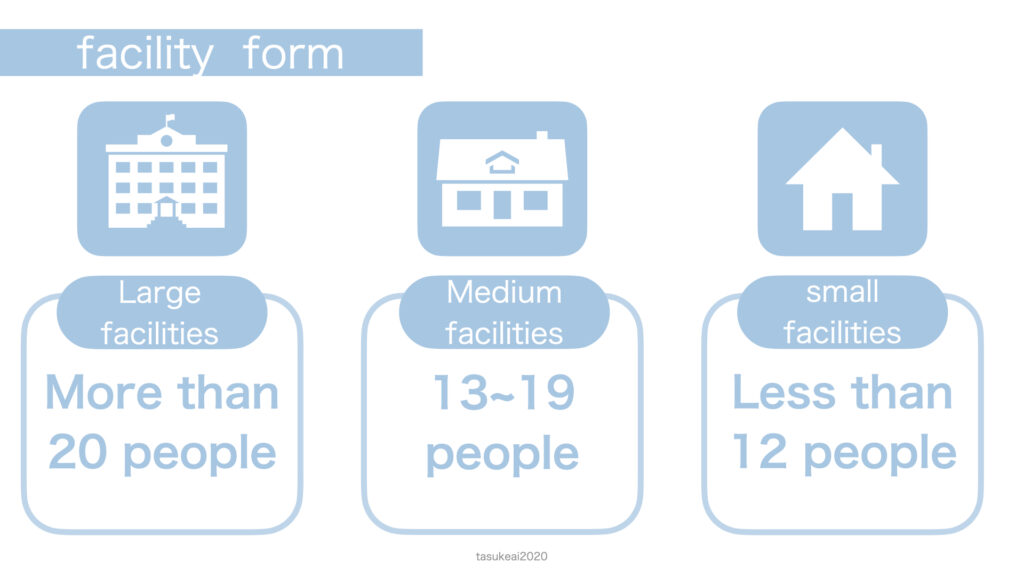
At the end of 2018, 70% of the children who need social care live in the Children’s Homes.
Anyway, at this moment, the Children’s Home are like a dormitory where the children with different family names live together.
(My story) Why do children come to the Homes?
What are the reasons for the children to come into social care?
Here are the main reasons: 1) A child was abused by his/her parents: 2) A child has no parents. 3) A child’s parents are unable to raise him/her.
Children who should be protected are determined under Child Welfare Act.
Article 41: A foster home shall be a facility intended for admitting, and providing foster care with, children without a guardian (excluding infants; provided, however, that infants shall be also included in the case where it is particularly necessary for ensuring a steady living environment or due to other reasons; the same shall apply hereinafter in this Article), children abused, and other children in need of foster care in terms of their environment, as well as intended for providing consultation and other assistance for self-reliance to those who have left there. Child Welfare Act (Act No. 164 of 1947)
Source:Child Welfare Act (Act No. 164 of 1947)
Right now, about 30,000 children come to the children’s Homes because of the reasons below.
2)Mother’s mental illness
3)Abused or exploited by mother
4)Abused or exploited by father
5)Other reason
6)Child neglect
7)Financial reasons such as a bankruptcy
8)Difficulty of custody because of children’s problem
9)Constraint by mother
10)Mother missing
Q: Outline of investigation of children entering the children’s Training Facility (February 1st, 2018) The children’s Family Bureau of the MHLW, The Department of Disabilities and Health on welfare, Social Assistance Bureau, MHLW
Now, let’s take a look at where the children come into the Homes from.
62.1% of the children come from their homes, 22.3% of the children come from Nursery Schools, 3.9% of the children come form other Children’s Homes, and 2.3% of the children come from foster homes.
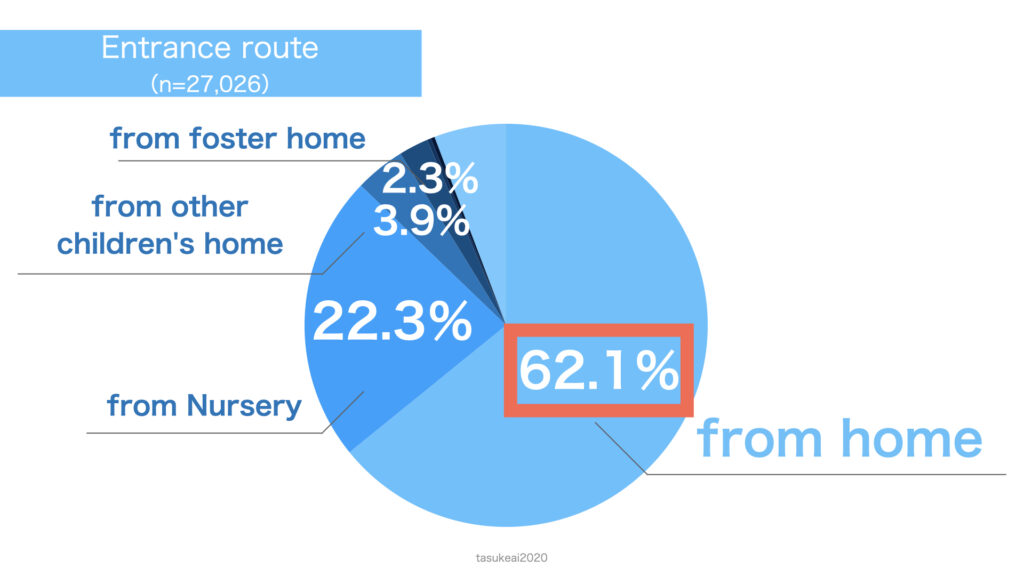
In my case, I came into care and started to live in a Children’s Home when I was 7 years old because my parents divorced.
At first, I spent my days at the police station, then I was protected at a Child Guidance Center for one month of temporary protection.
I am not going into too much detail but while I was protected at the Child Guidance Center for a month, the staff of the Center had meetings and they decided that it was difficult for me to go back to my home, so I started living in the Children’s Home.
Parents’ divorce is not listed in the top 10 reasons, but some children are brought into care due to their parents’ divorce like me.
I am one of that case. I hope you understand the children at the Children’s Homes have different reasons to live there.
The length of time they live at the Homes and prospects of family reunification.
Depending on the environmental factors and the situations of the children’s family, the length of time they live at the Homes varies.
How ever, surprisingly, most numbers of the children live there less than one year averaging 5.2 years according to “MHLW, Outline of survey on the children entering the Children’s Homes (January, 2020)”.
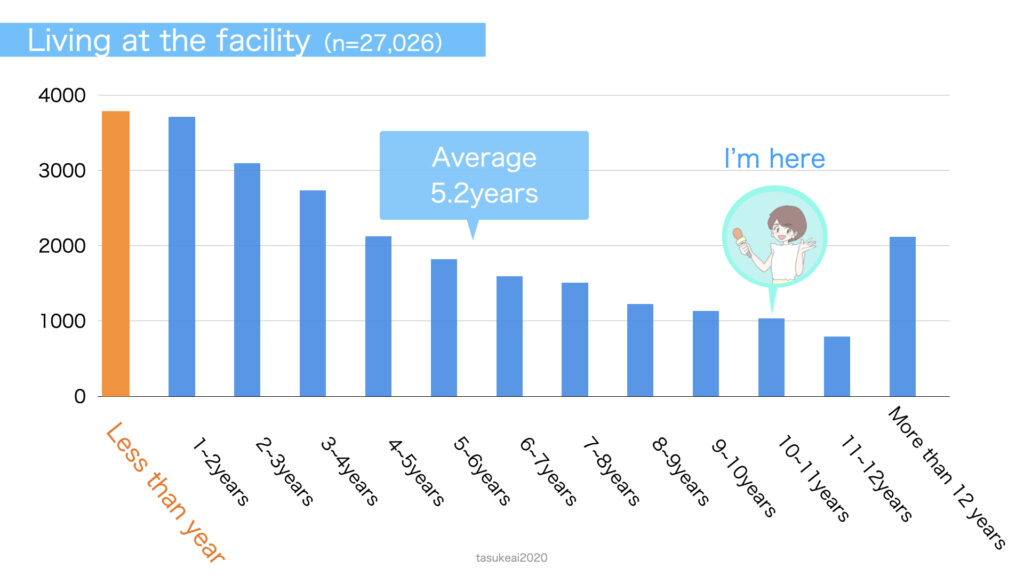
More than a half of them don’t go back to their homes and keep living at the Children’s Homes until they become independent.
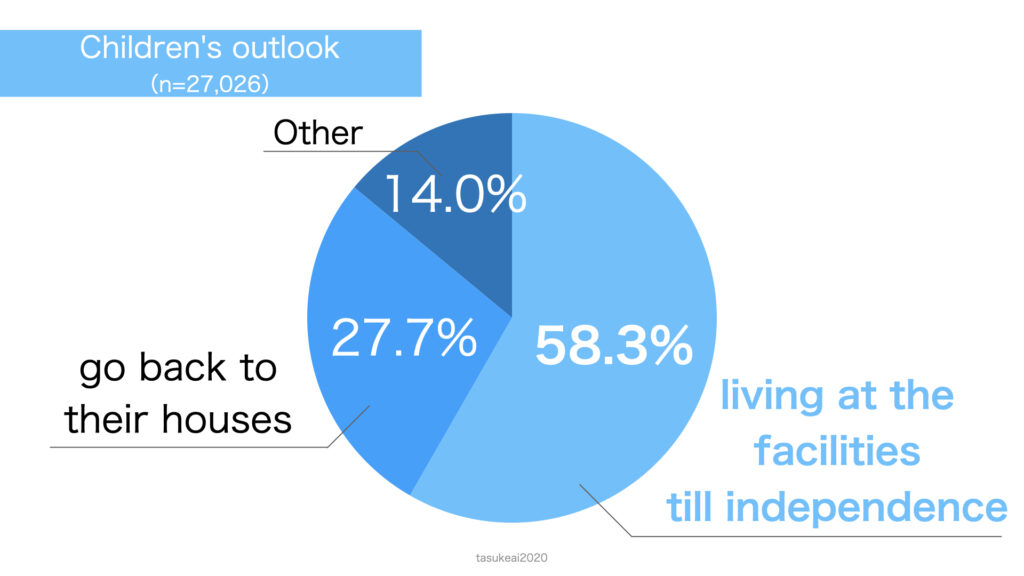
Do children keep in touch with their parents?
A lot of children enter the Children’s Homes because of the reasons we learned before. However, 93.3% of the children at the Children’s Homes have parents or a parent.
You may still think that modern Children’s Homes are like orphanages after the war. As you may know that many children entered the orphanages because their parents died due the war.
You may also think that living in the Children’s Homes means no more contact with their parents.
On the contrary, about 70% of the children keep in touch with their parent(s).
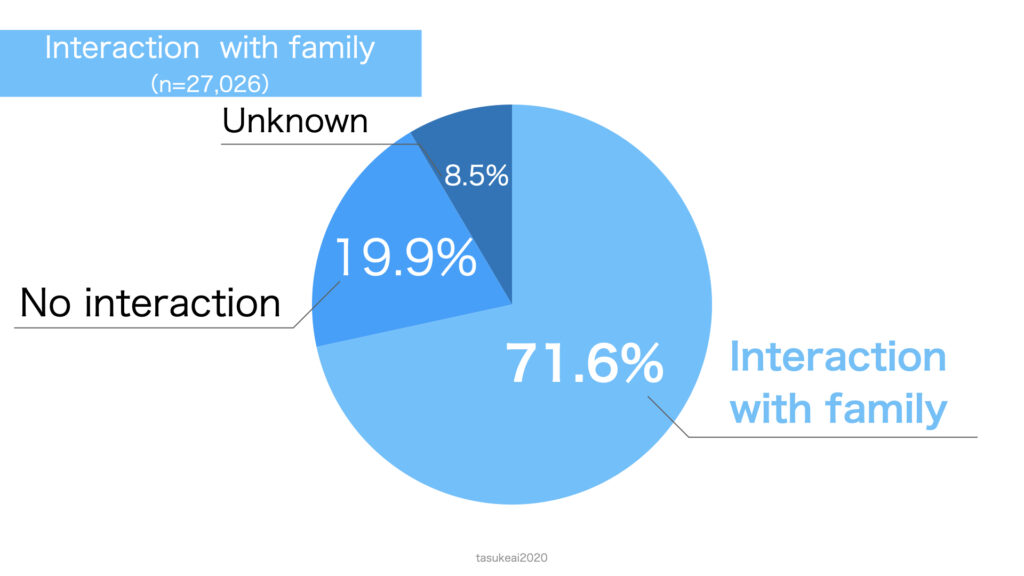
Now, how do the children keep in touch with their parent(s)?
1) by phone, email an/or letter 2) by visiting 3) by temporarily retuning home
When I started living in a Children’s Home, I talked to my parent(s) on the phone and received seasonal greeting cards such as summer greeting cards and New Year’s cards. Then the next step was that my parent(s) visited me and took me out for a day.
Depending on the situation of the children, about 70% of the children living in the Children’s Homes keep a connection with their parent(s).
What kind of words and expressions would be inappropriate when you talk to the children in the Children’s Homes?
The children living in the Children’s Homes go to school nearby. Once they have grown up, they are going to have a job.
You must have wanted to know about the Children’s Homes or you may be connected with the children in care, or you have a friend who used to live there since you have read this article up to this point.
As I explained to you many times, the Children’s Homes are like a dormitory where the children who came to live together for many different reasons.
Because they all have different backgrounds, inappropriate words or expressions would be different for each individual.
According to the date from MHLW, about 5.1% of the children living in the Children’s Homes have no parents.
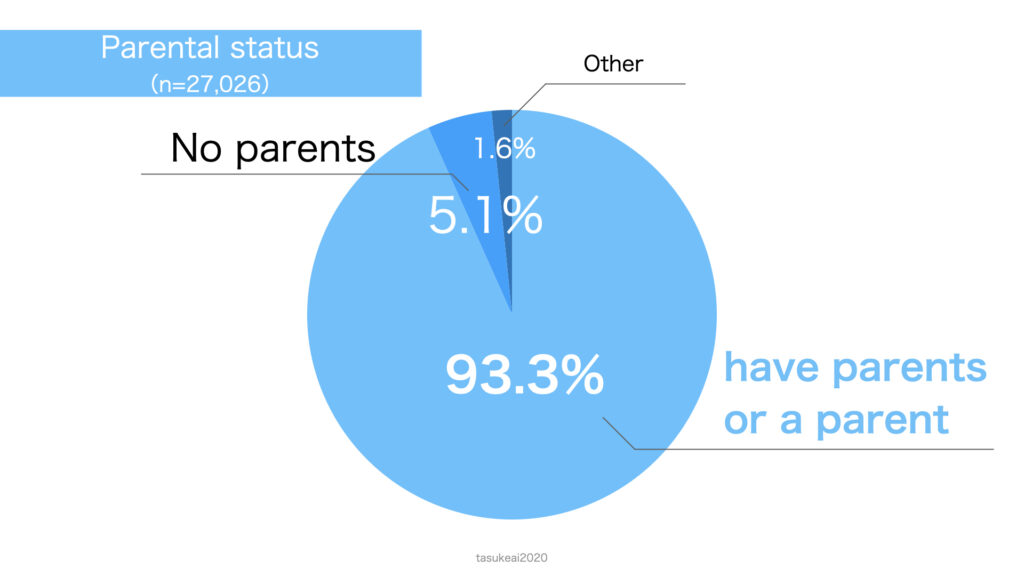

What will happen if you talk about family to the children who have no parents?
How do they feel if you talk about family to the children who are separated from their family members, their parents and/or their brothers and sisters?
Even the children who were raised by their parents in their family environment, they may have some memories or past events that they don’t want to talk about.
Therefore, don’t be afraid of meeting the children living in the Children’s Homes. They have their own different backgrounds just as any other children in our society.
Summary
- Imagine the Children’s Homes are like a dormitory where the children from kindergarten to high school students live together.
- There are 615 Children’s Homes in Japan and about 30,0000 children live there.
- The children live in the Children’s Homes because of these reasons. 1) abused by parents, 2) have no parents. 3) parents cannot raise them.
- Most of the children leave the Children’s Homes within one year. 5.2 years is an average.
- More than a half of the children living in the Children’s Homes stay there until they become independent.
- About 93.3% of the children have at least one parent.
- About 70% of the children keep in touch with their parents while living in the Children’s Homes.

I hope you enjoyed the story?
I hope this story is helpful for all of you to understand the Children’s Homes better.

